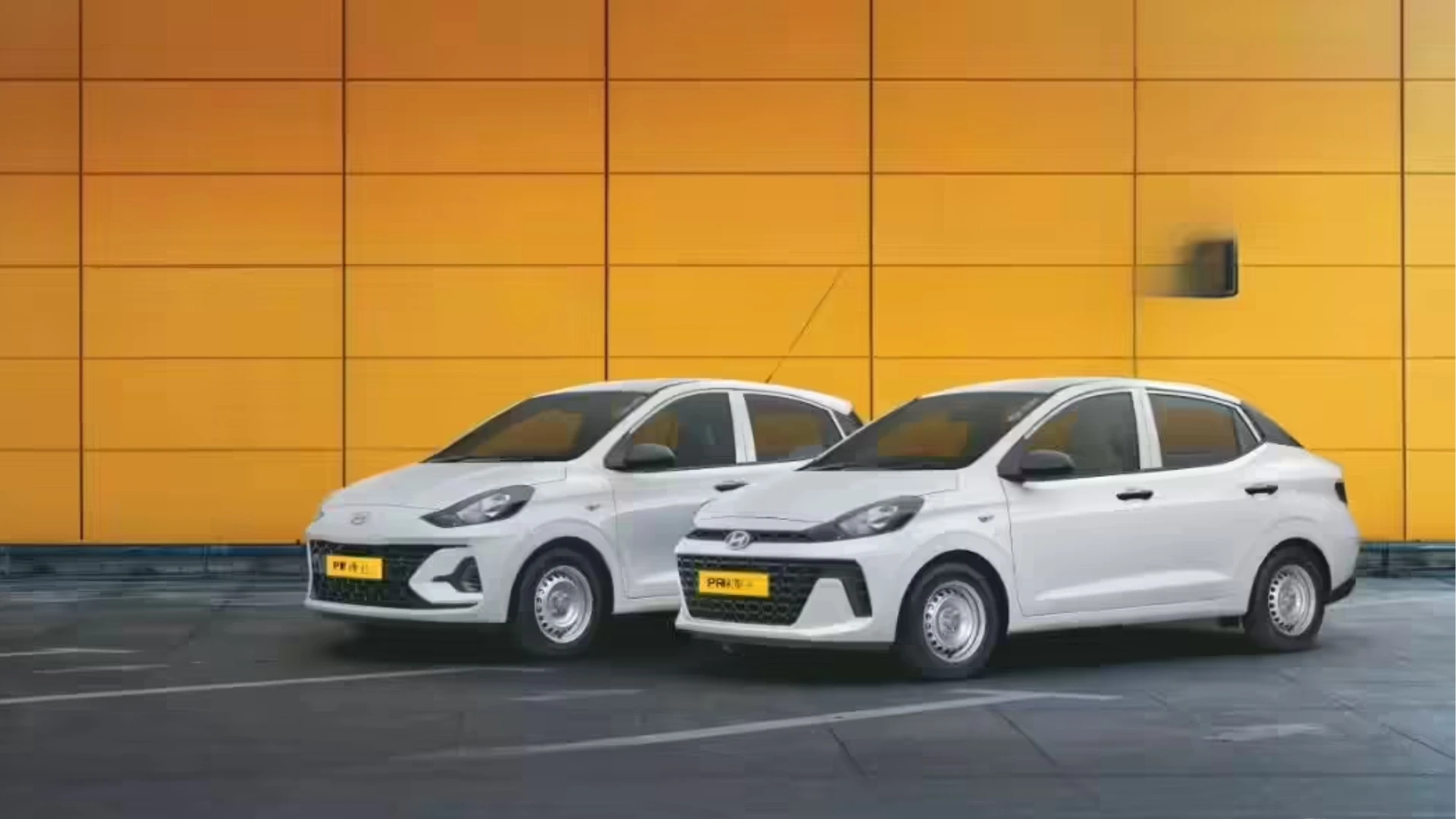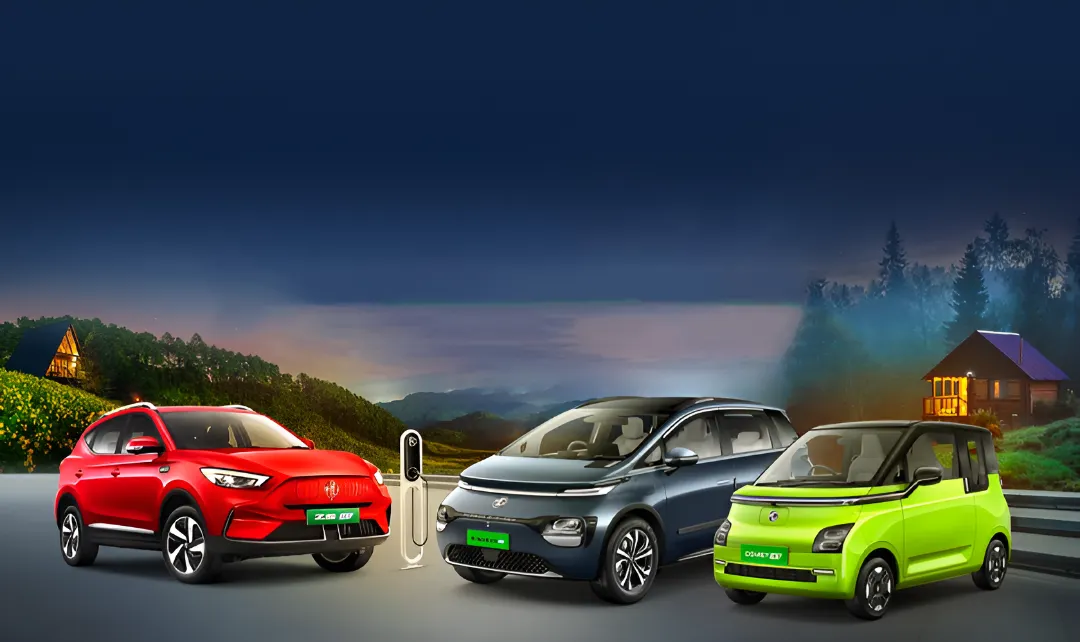The CEOs of US automakers Ford Motor Co and General Motors said on Thursday that they would consider partnering to cut the costs of electric vehicle technology as Chinese rivals enter US and European markets.
“If there are ways to partner with others, especially in non-consumer technologies, and be more efficient in R&D and capital, we will all participate,” GM CEO Mary Barra told investors at a conference sponsored by Wolfe Research.
Ford CEO Jim Farley opened the door to collaborating with other automakers to reduce electric vehicle battery costs during a separate presentation at the conference on Thursday.
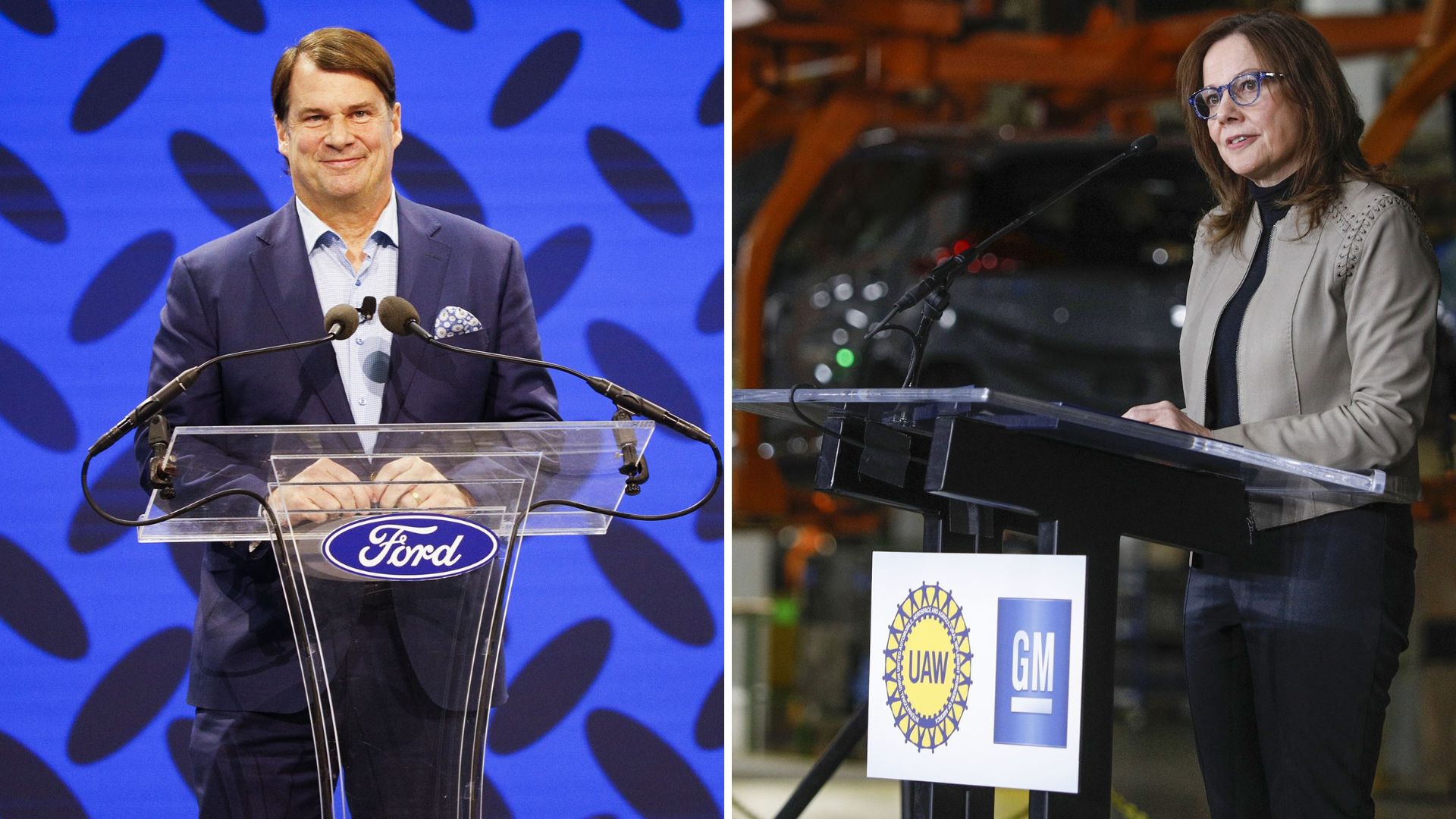
Detroit and other Western automakers are under increasing pressure from BYD and other low-cost Chinese electric car makers that are accelerating auto exports to Europe, Latin America and Southeast Asia.
BYD is thinking of constructing an assembly factory in Mexico that would act as a platform for importing electric cars into the United States. “If you can't compete fairly with the Chinese around the world, 20% to 30% of your revenue will be at risk” over the next few years, Farley said.
Ford expects that it will lose between USD 5 billion and USD 5.5 billion on its electric cars this year. The CEO said that the company has launched a specialized team, separate from the company's main engineering operations, to design a small, low-cost electric car that can compete with the BYD Seagull model. Ford is also evaluating its battery strategy.
“We can start to get a competitive position in the battery space, can move to common cylindrical cells that can add a lot of leverage to our purchasing power. Maybe we should do this with another OEM.” Farley said.
BYD can produce its Seagull EV with USD 9,000 to USD 11,000 worth of materials, Farley said. Rod Lachey, an analyst at Wolff Research, said he estimates Chinese production costs are 30% lower than those of Western automakers.
“Last year, 25 percent of all vehicles sold in Mexico came from China,” Farley said. "The world is changing."
Farley said he directed Ford engineers to develop a new, affordable electric vehicle, "and you have to make money in the first 12 months. If you can't make money, we won't put the car out."
Ford shares fell 1.1% while General Motors shares rose 1.2% Thursday afternoon.
According to Barra, if GM can continue to receive government subsidies for electric vehicles and attain an annual production rate of 200,000 to 300,000 vehicles, it will be in a strong position to start breaking even on its electric vehicles in North America in the second half of this year.
General Motors failed to meet its North American electric vehicle production goals for 2023, partly due to problems in manufacturing battery modules. “I own that,” Barra said. But now she said GM is on track to overcome those issues, as well as fix the software glitches that hampered the launch of the Chevrolet Blazer EV this year.
In China, Barra said GM brands will focus on premium, higher-priced segments as Chinese automakers move into key market segments.
Ford and General Motors are facing pressure from investors to curb spending on electric vehicles and return more money to shareholders. Renault and Stellantis said on Thursday they would return cash to investors through share buybacks and increased dividends.
Earlier this month, Ford said it would return about USD 720 million to shareholders in the form of a special dividend of 18 cents per share.
Also Read: Skoda Auto India launches Slavia Style edition at INR 19.13 lakh




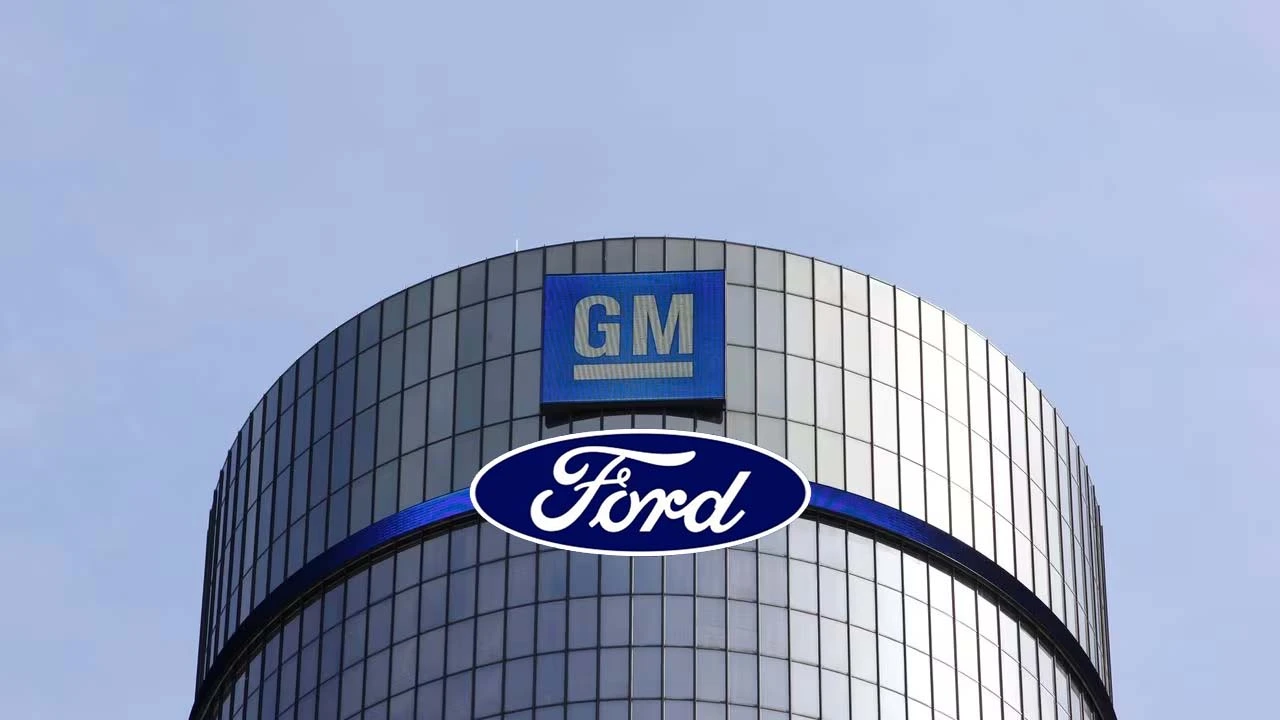
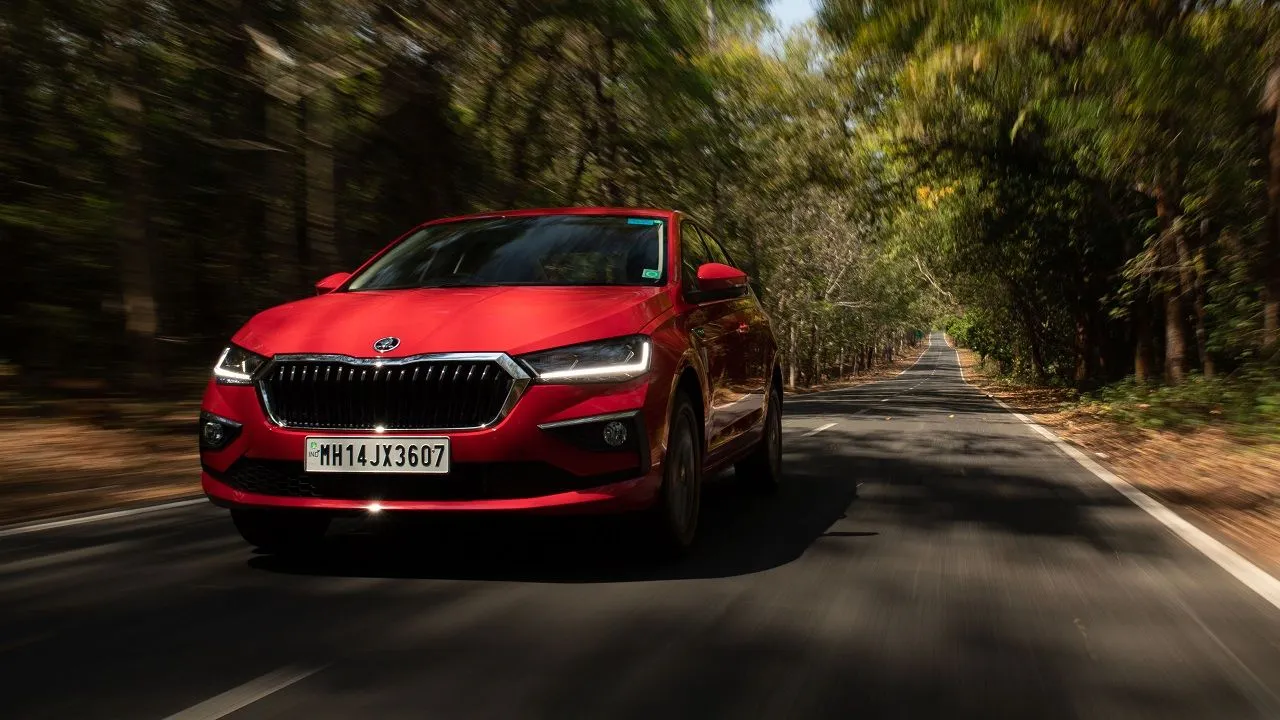

_1767593014.webp)
